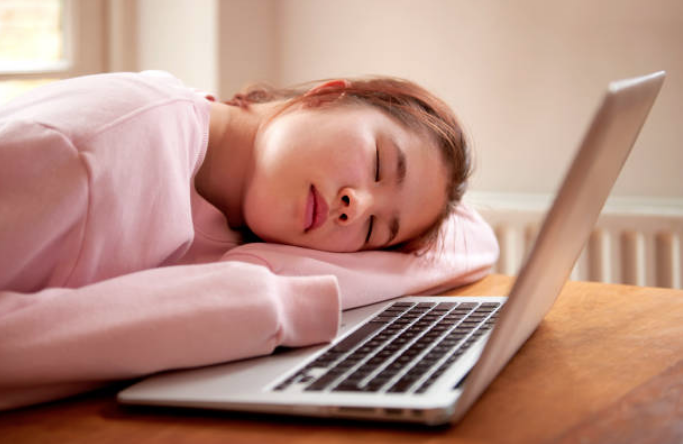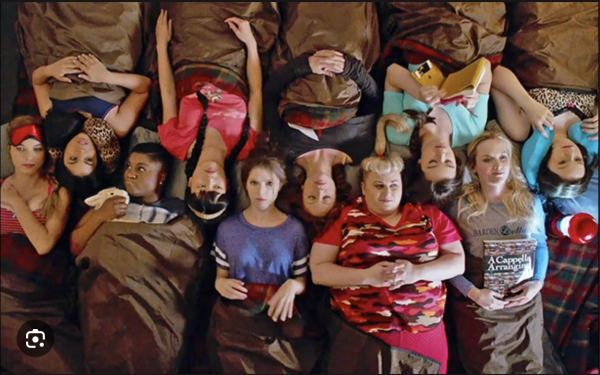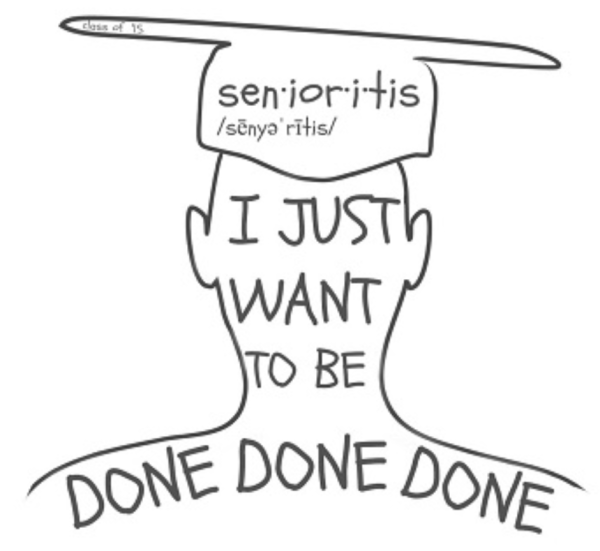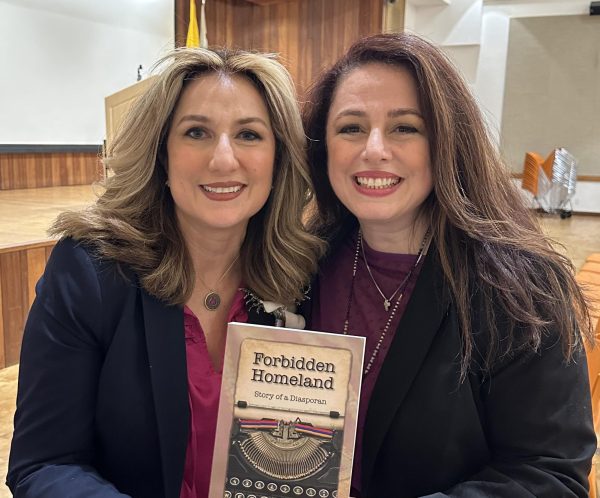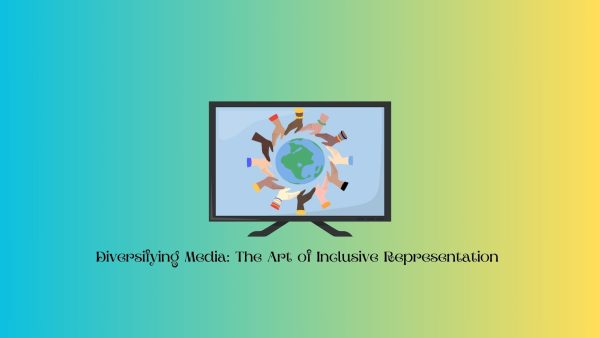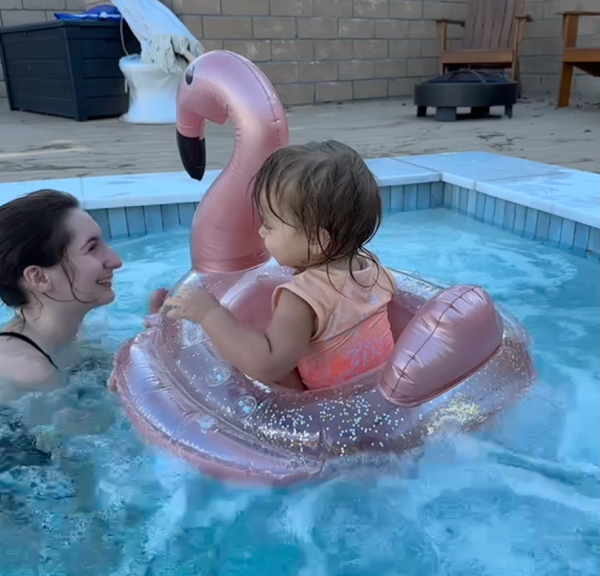Should High School Students Take Naps?
Students might remember when napping was mandatory in their earlier school years, but research has shown that there is still benefit in napping for high schoolers.
June 6, 2021
Over the past year, the conditions of daily living have made it much easier for students to become chronically sleep deprived – which is not the same as the occasional bad night’s rest; for it to be chronic, one must be experiencing insufficient sleep or sleeplessness over an extended period of time (Verywell). For each individual the experience can range from weeks to months, but regardless it is important that unhealthy habits are curbed – especially before they can be cemented in adulthood.
Admittedly, the feat is easier said than done. With remote instruction still prevalent, most students have experienced the drastic lifestyle change that comes with the turmoil of a global pandemic. Quarantine upended the structure of normal days, which only cut into the time available after the usual assignments, exams, club activity, and extracurriculars. Not only that, but studies have found that the general stress surrounding the global situation has a direct impact on the quality of the sleep that we do get – a phenomenon some began to term “coronasomnia” (BBC).
Despite the challenges, it is just as (if not more) important to retain a healthy sleeping schedule. For teenagers, this would mean about eight to ten hours per twenty-four hours (CDC). Studies have shown that teenagers actually need more sleep than the average adult, as they are going through a period of growth and development. A study from 2018 found that seventy-three percent of high school students “regularly do not get a healthy amount of sleep; with these statistics being before the pandemic, those numbers have been largely projected as one would expect (Healthline).
One way to combat such worrisome trends is through naps. Some might remember times when institutionalized nap times were a normality in kindergarten or elementary schools. Class time would be set aside because naps are proven to be beneficial in our younger years. Not only do they improve cognitive performance, mood, and overall behavior, but it also increases focus and motivation; students that have regular split sleeping schedules were found to be more alert and attentive in the afternoon (LA Times). Interestingly enough, research has proven that these benefits can extend to older students, such as high schoolers (Healthline).
Some students may find that they are more productive or active nearer to nighttime, which aligns with the fact that our internal biological clock shifts a few hours later during puberty (UCLA Health). When one stays up late and wakes up early for school, there is a sleep deficiency that could be made up by napping.
This is why students like Cara Tang (10) “take naps all the time,” who “gets tired easily” after waking up for zero period and going to sleep at eleven or twelve. Naps serve as a way to combat fatigue and stress, and it compensates for school districts that do not already have solutions that allow its students to sleep in.
Medical News Today recommends that the “best nap duration for teenagers” would be “around thirty to sixty minutes” in the early afternoon. Shorter “power” naps are more beneficial than napping for hours at a time. While shorter naps serve to refresh the body and mind, longer naps that go deeper into the sleep cycle could adversely affect nighttime sleep. Thus it is important to manage time spent sleeping during the day, which can easily be done by setting alarms.
Ultimately it is worth considering taking up napping habitually, especially when one already struggles with getting the recommended amount of sleep. Although the approach of summer might eliminate the need for more rest, napping is an important tool that could be used to benefit one’s mental and physical health during the school year.


